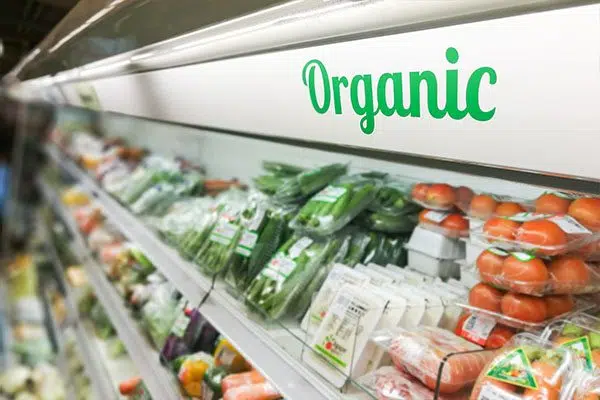You have may have seen the recent news about the determination by the courts regarding the Heinz fruit and vegetable products for children aged 1 to 3 years. The Australian Competition and Consumer Commission (ACCC) has called for a fine of $10,000,000 for misleading consumers. The ACCC talks about the Court’s decision in relation to the labelling and advertising of the products.
So, what do you need to look for when you are talking about your food product?
- You need to be sure that the overall impression stacks up. You need to look at and assess the product from the aspect of an ordinary person. Ask some questions: What might an ordinary person think about this? Does it create an impression that might not be realistic or against commonly held ideals about a particular food and the intended consumer of the food product?
- You cannot exaggerate the properties of the food.
- You need to make sure that any pictures are realistic in relation to the product.
- Do not make false claims about the food. Claims need to be backed up with factual information – it is not needed on pack generally, but you need to make sure that you document and retain the information behind the reasoning for making the claim.
Advertisements for your products must follow the same requirements as your food product. Remember that an ‘advertorial’ is also an advertisement.
Do not fall into the trap of thinking that these requirements only apply to the food label and you can add in those extra bits in any advertising you do for the food product – including on your website.
If you are not sure and you are too close to the product, then ask your family and friends for their honest opinion about what you are saying about the food product. If you are still in doubt, seek professional advice. Remember – fines for false and misleading information judgements are quite significant.
I remember a time where I had to set a process in place to make sure that the pictures put on the products reflected what was inside the package. A picture depicting more prawns than was found in the frozen meal generated complaints and rightly so.
So, what can you do to protect yourself and your product from the publicity and the fines that come from the ACCC, or indeed from the statutory authority in your State or Territory.
- Document the reasoning behind the claims and the evidence to support the claim
- Ensure that the claims are still relevant and fit the original claims or pictures on the current package if there is a change to the ingredients or the recipe. If they don’t fit, then a modification to the packaging should be made.
- Do the sense check on the packaging. Make sure that the overall impression of the label is not misleading or creating a false impression.
- If your label designers are creating the extras on the designs, you need to approve the whole label/package and document that approval. If there are several people in your business, then talk the design over with them. Make sure it makes sense for them as well. Different people may have a different perspective. Don’t discount their input if you don’t like what they are saying – they may actually be the ‘norm’ of the general population.
- Remember also that highlighting any ingredient on your labels will ordinarily mean that those pictured ingredients become characterising ingredients and are subject to percentage labelling. If the pictures or other graphic matter are added by your label designer, then you must look at the extra labelling brought about by their inclusion.
- Don’t just fall in love with your label. While that is allowed and perfectly understandable, you need to approve the design with an objective eye and formally sign off on it in your system, not just the artwork from the designers that goes to the printers. Make sure that the approval document is accessible and not hidden away ‘somewhere’. An appropriate place is with your product information files – where you hold the information about your recipe, ingredients and the associated ingredient information such as allergens.
When working in the food manufacturing area, I used such a process. It took away the errors made by hastily approving labels prior to printing, especially when there is a deadline to go to market.
If this article makes you wonder if you know enough about the requirements for food labels, then have a look at Food Labelling Experts and the information about their on-line training course at www.foodlabellingexperts.com.au.





